Introduction
In the complex world of healthcare, the ripple effects of patient no-shows extend far beyond an empty examination room. These missed appointments, a common occurrence in medical practices, have a significant financial impact that can’t be ignored. In this blog post, we’ll dive into the financial repercussions of patient no-shows in healthcare and explore strategies to mitigate these losses.
The True Cost of Patient No-Shows
Patient no-shows are more than just an inconvenience; they come with a price tag. Here’s a breakdown of the financial impact:
Lost Revenue:
When a patient fails to show up for a scheduled appointment, it means a missed opportunity for revenue. Whether it’s a routine check-up, diagnostic test, or specialized procedure, each empty slot represents potential income that goes unrealized.
Underutilized Resources:
Medical practices invest in staff, facilities, and equipment to meet patient demand. When appointments go unfilled, these resources remain underutilized, resulting in inefficiencies and increased operational costs.
Reduced Productivity:
No-shows disrupt the daily workflow of healthcare providers and support staff. These gaps in the schedule can lead to downtime, decreased productivity, and frustrated employees.
Overbooking Dilemma:
To compensate for anticipated no-shows, some practices resort to overbooking, hoping to fill the gaps. However, this strategy can backfire, leading to patient dissatisfaction and staff burnout.

The Root Causes of Patient No-Shows
Understanding why patients miss appointments is crucial for addressing the issue. Common reasons include:
Forgetfulness
Transportation issues
Fear or anxiety
Long wait times
Lack of reminder systems
Mitigating the Financial Impact
Solutions for Patient No-Shows
-
Appointment Reminders:
Implement automated appointment reminder systems that send SMS, email, or phone call reminders to patients ahead of their appointments.
-
Optimized Scheduling:
Use scheduling software that analyzes patient attendance patterns and helps create efficient schedules, minimizing gaps.
-
Patient Education:
Educate patients on the importance of keeping appointments and the financial implications of no-shows.
-
Cancellation Policies:
Enforce transparent and fair cancellation policies to reduce last-minute cancellations and no-shows.
-
Waitlist Management:
Maintain a waitlist of patients who can fill in last-minute cancellations, reducing lost revenue.
Conclusion
The financial impact of patient no-shows in healthcare is a challenge that can’t be ignored. By recognizing the costs, understanding the root causes, and implementing proactive strategies, healthcare providers can minimize revenue losses, enhance operational efficiency, and ultimately provide better care to their patients.
Remember, addressing patient no-shows isn’t just about the bottom line; it’s about improving the overall patient experience and ensuring every appointment counts.
For expert guidance on optimizing your appointment scheduling and reducing patient no-shows, contact Way2Cloud today.
Thank you for reading!

We’ll be an extended part of your team
In the complex and ever-evolving landscape of healthcare, medical practitioners are not only focused on providing top-notch patient care but also on the financial health of their practices. Ensuring a steady cash flow, accurate billing, and efficient reimbursement processes is crucial to sustaining a healthcare facility. This is where Revenue Cycle Management (RCM) plays a pivotal role.
